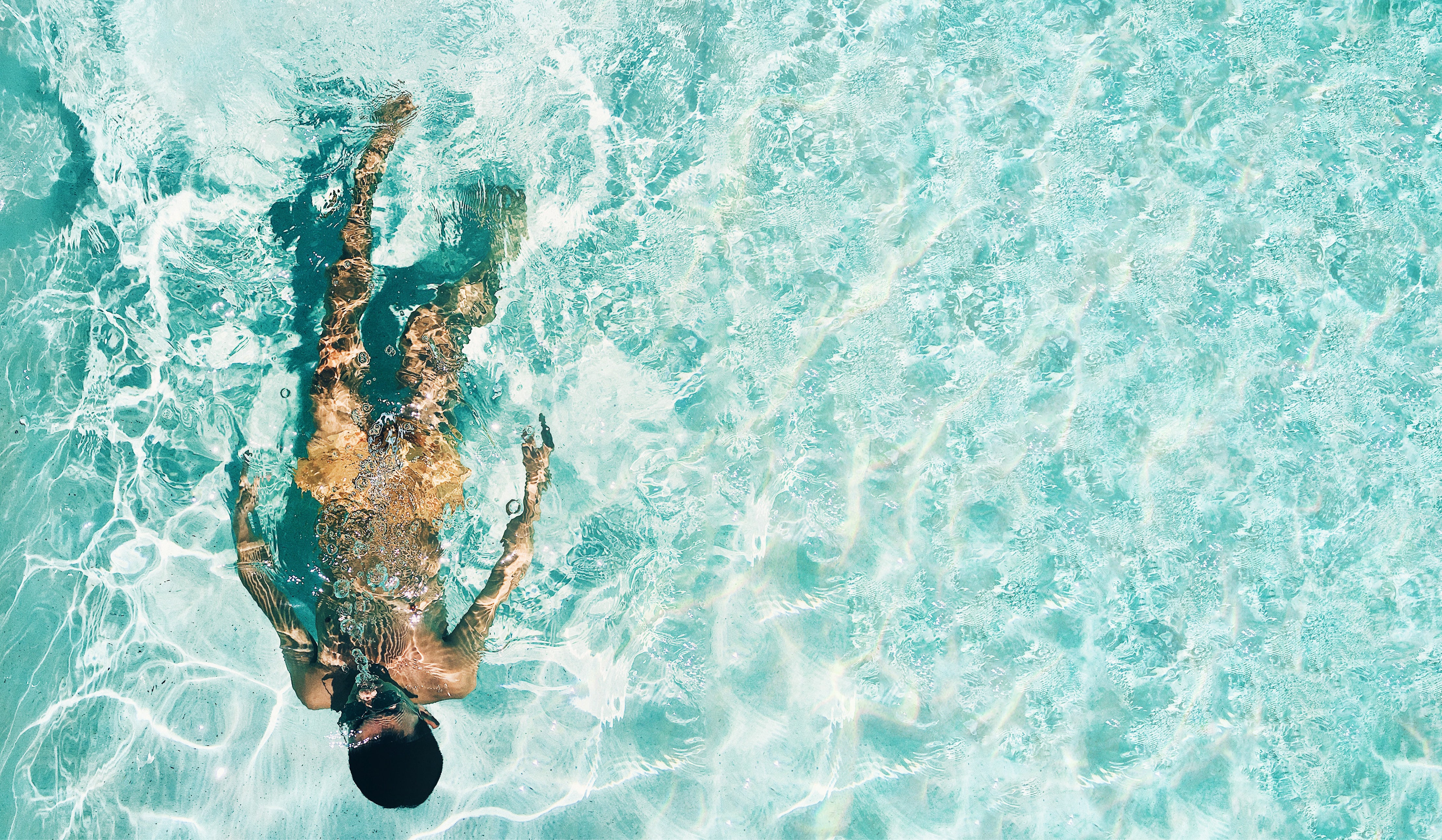
Sunscreen (SPF) What You Need To Know
After having worked in the beauty industry for over 30 years, I have provided thousands of skin analysis consultations for clients who have come to see me asking for help with their skin… wanting to look younger, more radiant, less red, firmer, with less wrinkles, reduced crow’s feet and hyperpigmentation (brown spots). Throughout my career, I have had the pleasure of guiding many people in their journey towards optimized skin health. Of course and as with anything, effort and commitment is a must… and for me this always includes a personalized facial treatment program as well as using professional skin care products at home (& always a sunscreen). What surprises me the most, is that many people do not understand sunscreen (SPF) and the importance of applying it every day. One of the most important things you can do for your skin is wear sunscreen and it’s without a doubt the most effective anti-ageing product you can use!
I know there is a ton of information available on sunscreens (SPF), however, understanding the different types and how they work is a little more complicated. In today’s blog, I will explain everything you should know about sunscreen (SPF), how it’s measured, how long it lasts, how much to use and the different formulations (options) available.
The medical definition for SPF (Sun Protection Factor) is the number on a scale used to rate the degree of protection provided by a sunscreen (ranging from 2 to 100). SPF is a relative measure of how long it takes for unprotected skin to burn in sun exposure vs. how long it would take if the recommended amount of sunscreen is applied. Sun Protection Factor (SPF) measures how much UVB protection a sunscreen provides the skin (please note that there is nothing that protects 100%). Although a higher SPF blocks more of the sun’s rays, the difference between an SPF 30 and 50 is only about 1%. Unfortunately, there tends to be a false sense of security when using higher numbers, however, under no circumstances are you invincible to the sun. Most Dermatologists and Aestheticians will tell you that using sunscreens with a minimum SPF 30 to SPF 50 is sufficient, provided they are used daily, in sufficient quantities and reapplied often. Here are some interesting SPF statistics, to serve as guidance:
- SPF 15 blocks approximately 93% of UVB rays
- SPF 30 blocks approximately 97% of UVB rays
- SPF 50 blocks approximately 98% of UVB rays
- SPF 100 blocks approximately 99% of UVB rays
The sun's radiation consists of UVA and UVB rays, which damage the skin in different ways. UVB rays only reach the skin’s surface (tanning) and are what cause sunburns (and can also lead to skin cancer). UVA rays, which account for about 95% of the radiation that reaches the earth’s surface, penetrate deeper into the skin causing DNA damage and are strongly linked to skin cancer. While UVB rays are responsible for visible sun damage, you also have to protect against UVA rays. UVA rays are present all year-round, regardless of season, temperature and weather forecast. This is why it’s imperative to always choose a broad-spectrum sunscreen, as it’s the only way to protect and shield the skin from both UVA and UVB rays.
Most believe that you only need to protect the skin in the summer or when outside and exposed to the sun (i.e. tanning, beach, golfing, skiing). This is false as UV rays affect your skin every day, 365 days per year; in every season (yes, even winter). UV rays pass through glass, windows and are as harmful when it’s cloudy, raining and/or foggy outside. Many outside surfaces (i.e water, snow, ice, grass, concrete) reflect the sunlight onto your skin, resulting in even more exposure. When sitting in the shade or wearing a hat, note you are only partially protected.
The most significant cause of ageing and premature ageing of the skin is exposure to UV radiation from the sun (UVA and UVB rays). It’s estimated that approximately 90% of skin ageing comes from the effects of the sun and the most noticeable visible effects include hyperpigmentation (brown spots), fine lines & wrinkles, redness, sagging and dullness.
Now, let’s review a hot (and quite misunderstood) topic, which is: the difference between synthetic (AKA chemical) and physical (AKA mineral) sunscreens. Both protect the skin from the UVA and UVB rays, but in different ways.
Synthetic (AKA chemical) sunscreens contain organic (carbon based) compounds such as Oxybenzone, Avobenzone, Octocrylene and Homosalate which create a chemical reaction and change UV rays into heat; then releasing the heat from the skin. They safely allow UV rays to absorb into the skin and then filter them when fully absorbed, which is why it’s recommended to apply 20 minutes before going outside. Typically, these sunscreens are lightweight in texture, are easy to apply and absorb quickly. They are appreciated by people with oily skin (although they can clog pores) and those prone to breakouts. These sunscreens are a good choice for people who like to swim a lot and for athletes and active people who perspire more. Less product is required during application, as there is less chance of unequal spacing between sunscreen molecules, however, it’s important to note that the protection offered is used up quickly, therefore, re-application must be more frequent. As synthetic (chemical) sunscreens are easily absorbed, they have been known to cause reactions (including redness or stinging during application) and are not recommended for children or people with compromised and/or sensitive skin. The higher the SPF level (i.e. 50), the higher the risk of irritation. It’s also possible that they stimulate the darkening of hyperpigmentation (brown spots), irritation and redness in rosacea-prone skin due to higher internal skin temperatures. When using synthetic (chemical) sunscreens it is highly recommended to use an antioxidant serum underneath to help prevent oxidative stress, which can lead to visible signs of ageing (fun tip: it also increases the effectiveness of the sunscreen).
Physical (AKA mineral) sunscreens contain active mineral ingredients like Zinc Oxide and Titanium Dioxide, whereby small particles sit at the surface of the skin to deflect (like a mirror), scatter and block harmful UV rays from penetrating and damaging the skin. They are often referred to as “physical-blockers” offering broad spectrum protection against both UVA and UVB rays. They protect immediately, so no wait time is required prior to sun exposure. They last longer when in direct UV light, however, not when exercising, swimming and/or doing physical activity. More product is required for a thorough and even application and you must reapply more often when the skin gets wet from water or perspiration. Physical (mineral) sunscreens do not cause irritation and can be used for all skin types, even sensitive, oily and acne prone skin (won’t clog pores). It is the recommended sunscreen for children. These sunscreens have been known to leave a white-ish film on the skin, therefore, may be less appreciated for people with medium to darker skin tones. However, manufacturers have rectified this challenge and most products are virtually invisible on application.
Here are a few of my personal recommendations and tips:
- Look at the list of ingredients, the top 3 should be listed above, in either the synthetic (chemical) or physical (mineral).
- Use a broad-spectrum sunscreen, with a minimum SPF 30 protection every day.
- Apply sunscreen every 2 hours (more often if you swim or perspire a lot).
- The shelf life of most sunscreens is 2 years, however, once opened they should be used within 6 months.
- Don’t skimp on quantity. Apply enough sunscreen to cover all exposed areas of the skin. Most adults need about 30ml (enough to fill a shot glass) to cover the body.
- Don't forget to apply to the tops of your feet, your neck, your ears and the top of your head.
- Clean your skin completely (shower or bath) at the end of the day to remove all sunscreen residue.
- Treat and moisturize your face and body, following your regular routine.
There are so many healthy, important and beautiful things about the sun and the idea is not to dissuade you from enjoying all its benefits. I want you to protect yourself properly, to do it safety and to be well-informed. Remember, the best anti-ageing and premature ageing protection for your skin is sunscreen… be sure to wear it every day!
Cheers,
Monique Poitras
P.S. you can find everything you need to know about sunscreen and the Canadian Regulations by referencing Health Canada

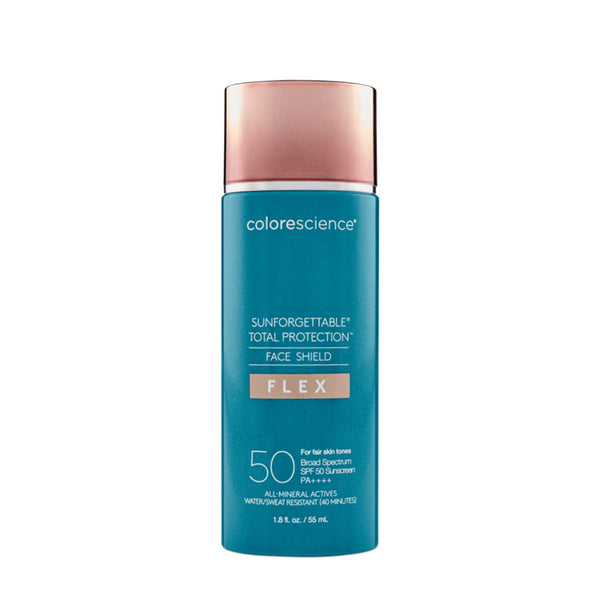
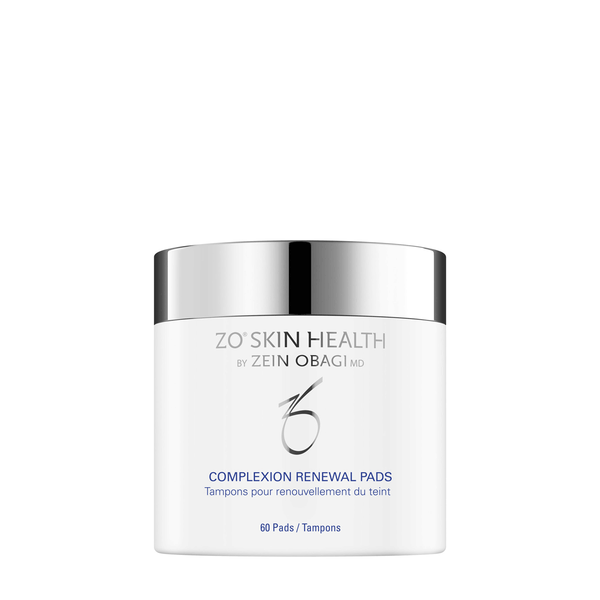
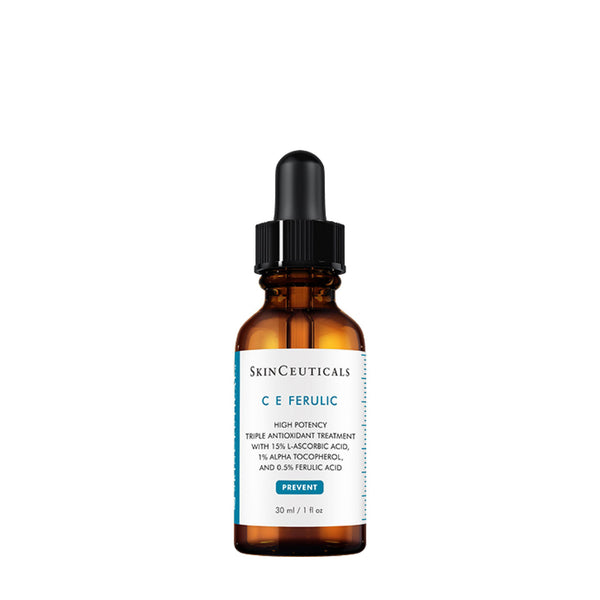
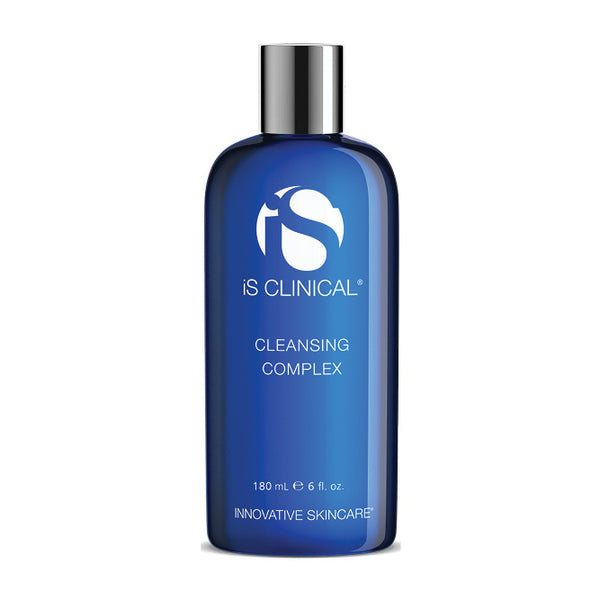
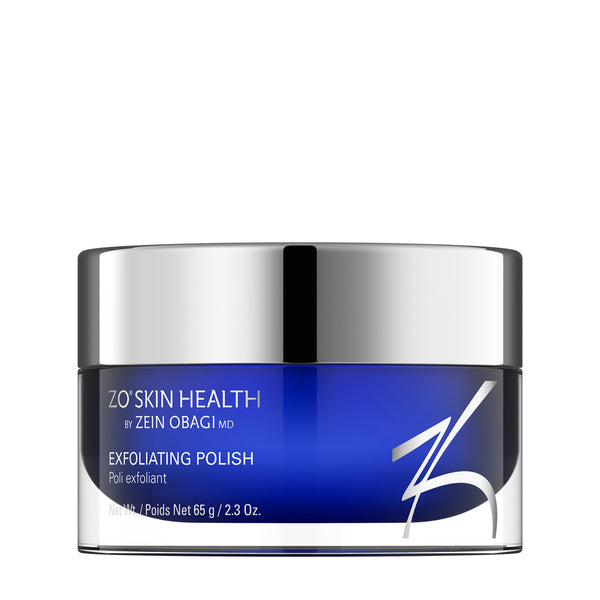
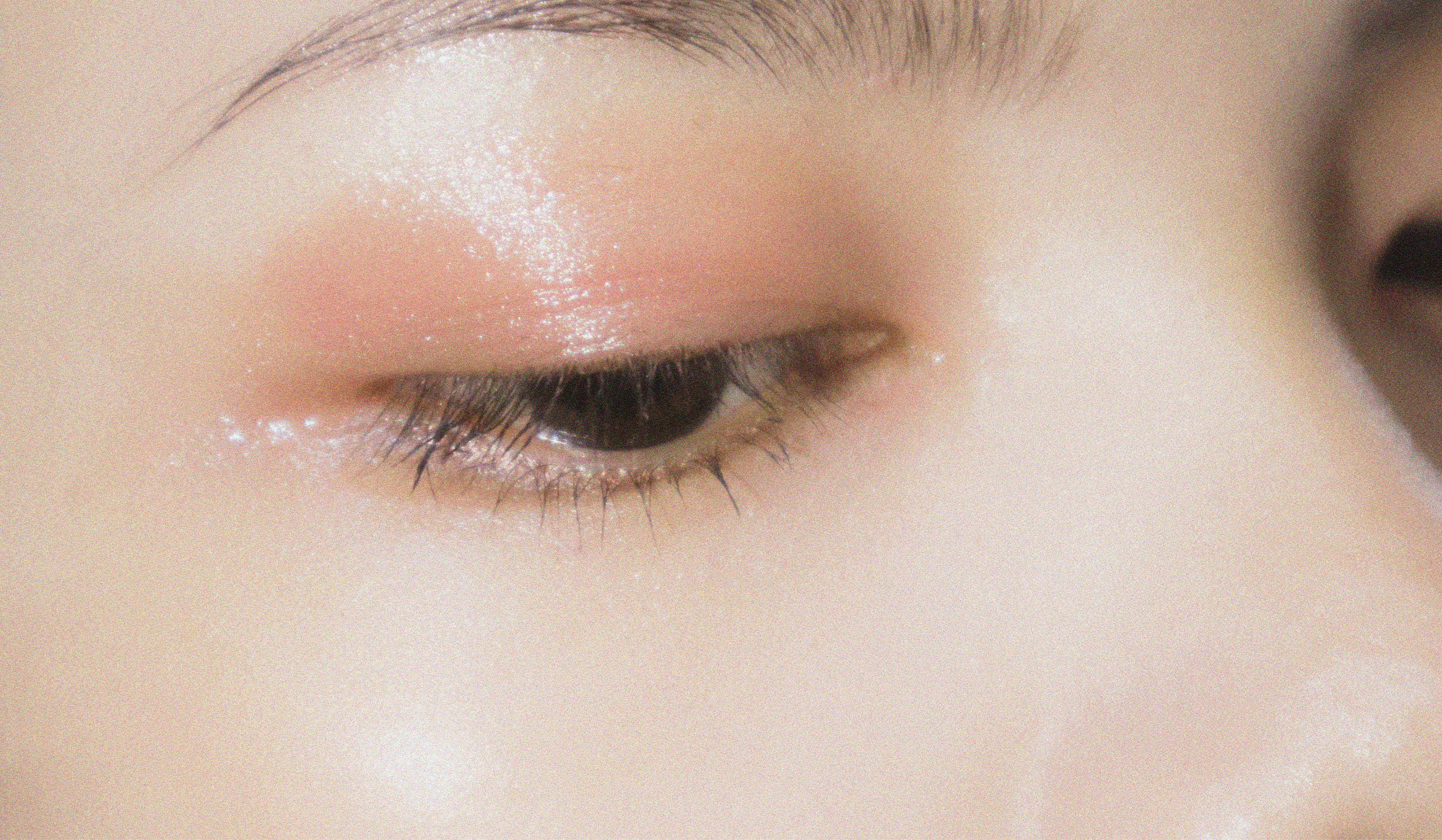




Leave a comment
This site is protected by hCaptcha and the hCaptcha Privacy Policy and Terms of Service apply.